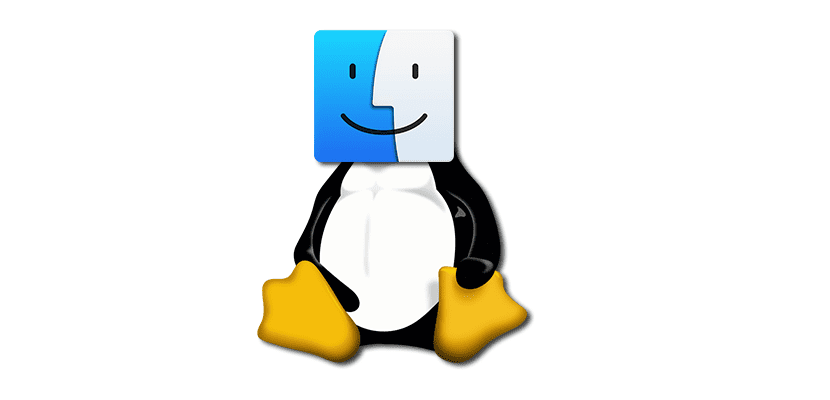
I already know it. I know that there will be few of you who are already thinking of criticizing me for writing another post that talks about modifying the image of your Linux PC so that it resembles that of a competing operating system. But, as you already defended several users in other posts of this type, don't we defend the freedom to be able to modify absolutely everything? That said, today I will talk about GNOME-OSX II, a perfect theme for those who want to give their Linux PC a Mac-like image.
As you just read, it's about a topic o theme, which means that it will not be necessary to install an entire graphical environment to enjoy this user interface. On the other hand, it is not a theme that tries to copy the entire image of the renamed macOS since last year, but rather a "gnome-desktop interpretation of Mac OS X". Its designer assures that «have tried to implement OS X feel to gnome apps«, Although I would remind you once again that OS X gave way to MacOS last fall.
GNOME OSX II, an attempt to merge a Mac image with GNOME applications
This theme is not trying to be an exact copy of macOS like many other GTK themes that are available all over the web. The intention of GNOME OSX II is to adapt the core layout of Apple's operating system in a way that makes sense on the GNOME desktop while also being visually much better. The problem is that it remains and works fine on most GNOME-based desktops, like GNOME Shell, GNOME Flashback, and Budgie, but not in Unity, the default graphical environment of the standard version of Ubuntu.
How to install GNOME OSX II on Ubuntu
This theme with Mac image requires GNOME 3.20 or later and only includes support for Ubuntu 16.10 or later, which means it might work on earlier versions, but it is not recommended for use on Ubuntu 16.04 or older versions. To use it, we will have to follow these steps:
- We download the package from your Official Site.
- Once the download is finished, we extract its content in the directory ~ / .themes. If you do not see the directory, remember that the period in front of its name indicates that it is hidden. To show it, we will press the shortcut Ctrl + H.
- Finally, we will select the theme that we just installed. For this, it will be necessary to use the GNOME Tweak Tool, a package that we can install from Ubuntu Software.
How about GNOME OSX II?
Via | omgubuntu.co.uk
Could it be installed on a pc or mac, all three operating systems? Ie mac, linux and microsoft? Or I have "passed."
If possible, I have seen and used computers with that feature.
and apparently it is not difficult to do that, I say it was a man who did that and said that it is only his hobby haha, greetings !.
The short answer is yes, but you have to have some basic knowledge
I am new to Linux, so I ask you, how is it installed? Thanks
It is very simple, you only need to have a minimum of 3 free partitions on your hard drive - then you go on to install windows in one, macos in another and linux in the last one - at boot time you can select which one to start with
I will test it on Linux Mint 18.1 cinnamon, hope it works.